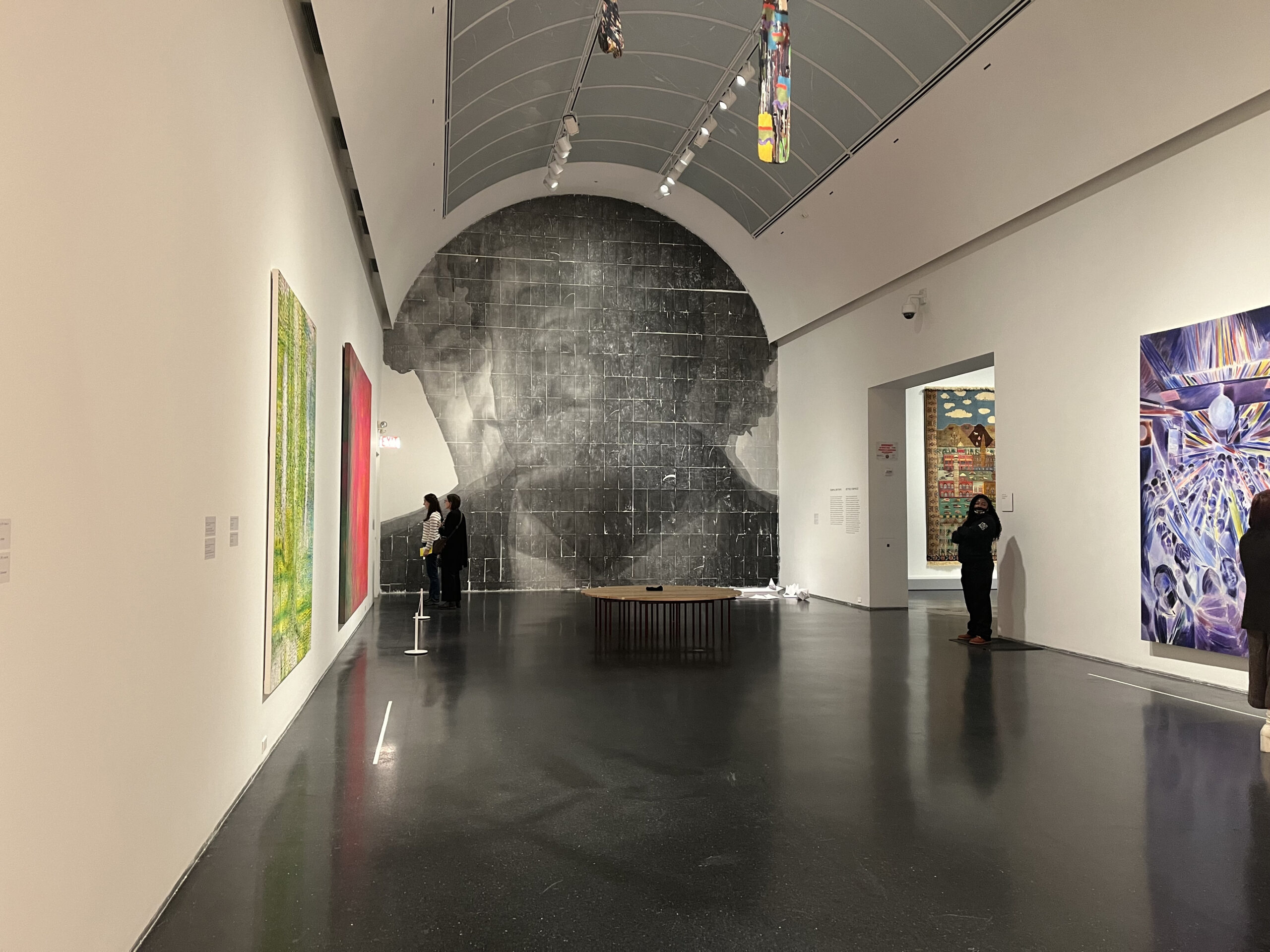Must See: “Forecast Form: Art in the Caribbean Diaspora, 1990s – Today”
Museum of Contemporary Art Chicago (MCA Chicago)
Curated by Carla Acevedo-Yates
“AT THE MIDPOINT of “Forecast Form: Art in the Caribbean Diaspora, 1990s–Today,” there appears, curiously enough, a Filipino artist: David Medalla, whose signature Cloud Canyons, 1963–2014, oozes wormlike strands of soap bubbles from vertical Perspex tubes. By pointedly venturing beyond her own exhibition’s geographical and chronological frames, curator Carla Acevedo-Yates is alluding to both colonialism and migration. The US acquired the Philippines, along with Guam, Puerto Rico, and Cuba, from Spain in the 1898 Treaty of Paris, drawing its own map of empire. Medalla was a key diasporic artist-curator of the postwar era who brought international artists into contact through his London gallery, Signals. Here, his work heralds a larger deconstruction of the Caribbean as a bounded geopolitical or market category, in contradistinction to recent exhibitions that have doubled down on the region’s specificities as an embattled, ecologically precarious archipelago…
…Beyond the Boundary cites the beaded curtains of Felix Gonzalez-Torres, another canonical artist with more than one work in “Forecast Form.” His billboard of a lone bird in the sky (“Untitled,” 1995) appears in Chicago subway stations as a public component of the show. In the galleries, his “Untitled” (Passport), 1991, a stack of blank oversize pages, is paired with another commission, Guyanese-Canadian artist Sandra Brewster’s Wilson Harris: “even in my dream, the ground I knew I must not relinquish,” 2022. This image of the titular Guyanese writer has been painstakingly transferred onto the entire wall of the museum’s barrel vault, producing creases and fissures in the already blurred portrait. The pairing of Gonzalez-Torres and Brewster recalls Édouard Glissant’s theory of the “opacity” or unknowability of the Caribbean subject while conjuring the notion of passport as a verb—the voiding of any fixed self, as well as the possibility of self-construction that migration affords…”
Review by Daniel R. Quiles, associate professor of art history, theory, and criticism at the School of the Art Institute of Chicago.
Read the full text here

